Violinist Ada Witczyk shares how the unique sonic qualities of baroque instruments lend themselves well to new works, as a new recording showcasing the fruits of the Růžičková Composition Competition is released on 28 February
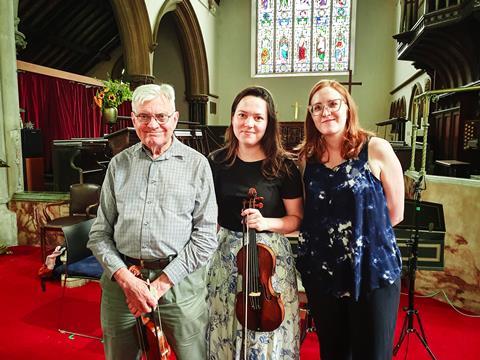
Read more Featured Stories like this in The Strad Playing Hub
It all started with a book.
In 2020, all my work was cancelled during the pandemic, so I wanted to take my mind off things by picking up a recent gift – One Hundred Miracles by Wendy Holden.
Once started, I couldn’t stop reading.
The remarkable memoir of Zuzana Růžičková, Holocaust survivor and world-famous harpsichordist, brought me to tears many times. In addition to my appreciation for her incredible strength and perseverance she inspired me by her interpretations of contemporary music, including pieces written by her husband Viktor Kalabis.
An idea emerged in my head to create a composition competition and ask contemporary composers to write new pieces for baroque violin. It seemed fitting to name the competition in her honour and that’s how the Růžičková Composition Competition was born.
One might ask, ‘but why commission for baroque violin and not modern instead?’
Ever since my student days at both the Royal College and Royal Academy of Music in London, I have spent much time studying and performing as both a modern and baroque violinist. I don’t favour one side of the equation or the other but enjoy making music on both instruments equally. Yet however similar they might look from the outside; they offer totally different sound worlds and colours to the listeners and pose different challenges and possibilities to musicians.
We typically use gut strings on baroque violin, which are softer than steel strings used on their modern counterparts. While the tone is less brilliant, a new range of colours is on offer to composers ready for the challenge.
I enjoy making music on both modern and baroque instruments equally
Winter Solstice by Samuel Howley from my debut album New Baroque is a great example of how, through the use of gut strings, I was able to create a raspy sound to depict a bleak and windy night. Here the baroque violin helped to enhance the cool colours of a winter landscape, but also by using subtle phrasing, due to the shorter bow. The slightly more muted sound gives the piece a more intimate feel, as it takes the listener into the shortest day.
Due to the strings’ natural material their variations in tone allow for a greater variety of singing qualities in Landvættir Song by Erik Valdemar Sköld (featured in New Baroque). As it is heavier at the frog and lighter at the tip, the design of a baroque bow naturally brings out the calling-fading of the Nordic spirits’ voices, sounding even more tempting (and sometimes dangerous) through the rough texture of the gut strings. In combination with absolutely no vibrato, the gut sonorities really help create an eerie atmosphere making your hair stand on end in Sköld’s other work The Spectre.
As baroque violins are often tuned to lower pitches, this allows the sound to be more mellow. Massimo De Lillo, whose works are also featured in New Baroque, uses this change of timbre to his advantage so beautifully in both his piece for string quartet Come bianca luce and E sempre sarà fuoco for solo baroque violin.
The full-bodied tone, enhanced by the lower tension, really complements the ‘roughness’ he explores in the fiery moments of his solo piece with crisp, articulated notes that the baroque bow produces with ease.
Isidro Albarreal Delgado (one of the winners of 4th Ruzickova Composition Competition) explores the wonderful sonority, depth and warmth that baroque instruments can bring in his concerto for baroque violin and orchestra – Memories of Malacuesta. I think this piece in particular is so successful because he appreciates the constructional differences and the role they play in sound production. Delgado’s writing really favours the innate characteristics of the instruments, harnessing their resonance, open strings, chords and tonal qualities.
Modern instruments are more homogeneous on the whole, allowing them to play in more keys, and higher positions without compromising sound quality. But baroque playing is often about making the most of natural irregularities to shape and ‘speak’ with different consonants. Playing with varying slow bow speeds on strings with much greater resistance allows for all these possibilities.
Susie Vaughan, first female winner of the Růžičková Composition Competition, composed a piece that not only included baroque violin, flute and harpsichord but also viola da gamba. This combination of instruments, inspired by Telemann’s Paris Quartets, lends itself to the splintered sound world Vaughan was searching for in her piece La Conversation. Ornamentation and harmonic language, plus the gruff chords so idiomatic for 7-string viola da gamba, combine to create a circus-like atmosphere.
Composing for baroque instruments also allows for a more ‘rustic’ feel. An instrument not fitted with a chin or shoulder rest can result in a more resonant and open sound because it allows the violin to vibrate freely. A great example of this is Aeolian Dance by Oscar Gorman-Tysoe (featured in my debut album) or Salvatore Passantino’s Ostination which features on my second forthcoming album.
New Baroque – Sonatas is an album filled with brand new sonatas for baroque violin(s) and harpsichord by the winners of the 5th Růžičková Composition Competition (2024). Each composer explores the qualities of baroque instruments in many ways and pushes the boundaries of what we would expect to hear from them.
The gentler tone of the baroque instrument has a really vintage feel in David Snow’s L’apothéose de Tati, hinting back to French comic films of the 1950s where Jacques Tati made his name.
In Raphael Fusco’s own words, it’s not just the instruments and their voice-like qualities that make the difference, ‘it’s the players.’ ‘Baroque musicians are accustomed to improvisation, particularly in ornamentation. From small trills and mordents enhancing the expression of salient tones to improvised cadenzas and freely realized basso continuo, I intentionally left room for the musicians to embellish my musical ideas with their own creative contributions.’
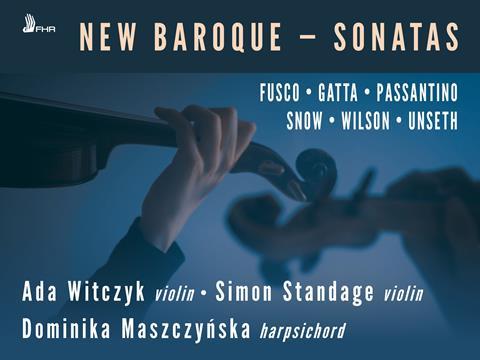
Andrew Wilson, on the other hand, looks to harness the blend between violin and harpsichord. Rather than strident steel strings that squeal “LISTEN TO ME!”, the rich and mellow gut murmurs “listen to us” in a more intimate manner, helping to encapsulate a sense of elusive nostalgia in his The Summer Folly.
So why wouldn’t I commission new music for period instruments?
Each year I’m amazed by the imagination of composers as they create music that’s relevant to today’s generation while appreciating the past.
I believe it is so important to support new music and New Baroque offers concert promoters and audiences alike fresh programming that has already generated international appeal and appreciation.
New Baroque – Sonatas is released by First Hand Records on 28 February and available on all digital streaming platforms. Watch the trailer video below:
Read: Positive self-talk: a key to boosting musicians’ confidence
Read: Why I write my own cadenzas: violinist Lir Vaginsky
Read more Featured Stories like this in The Strad Playing Hub
The number one source for playing and teaching books, guides, CDs, calendars and back issues of the magazine.
In The Best of Technique you’ll discover the top playing tips of the world’s leading string players and teachers. It’s packed full of exercises for students, plus examples from the standard repertoire to show you how to integrate the technique into your playing.
The Strad’s Masterclass series brings together the finest string players with some of the greatest string works ever written. Always one of our most popular sections, Masterclass has been an invaluable aid to aspiring soloists, chamber musicians and string teachers since the 1990s.
The Canada Council of the Arts’ Musical Instrument Bank is 40 years old in 2025. This year’s calendar celebrates some its treasures, including four instruments by Antonio Stradivari and priceless works by Montagnana, Gagliano, Pressenda and David Tecchler.

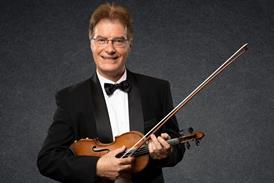
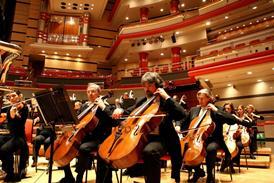
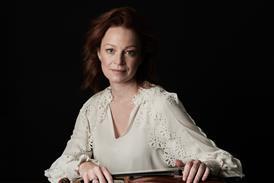
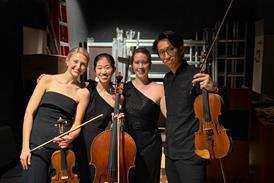
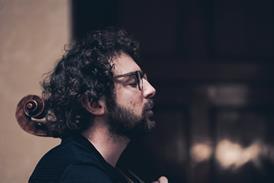
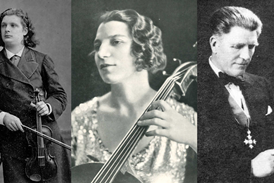


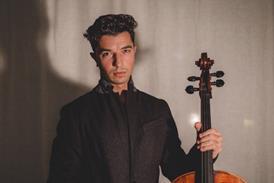
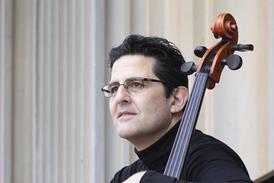
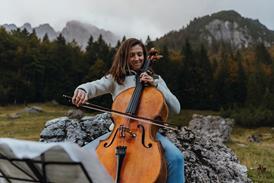
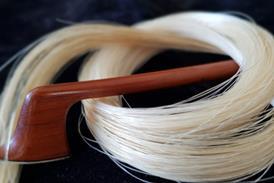
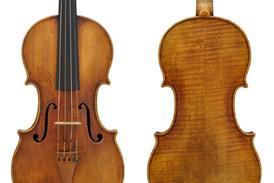
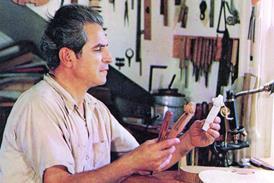
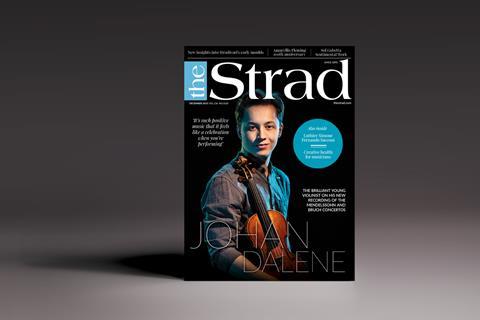
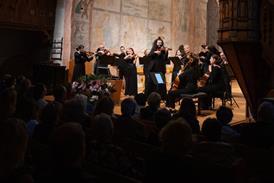

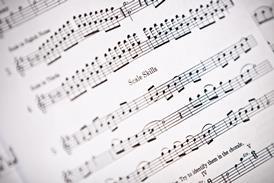
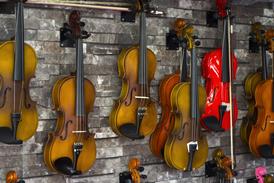

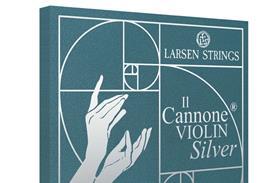
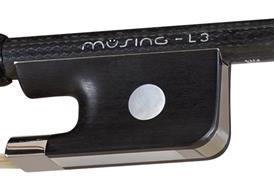
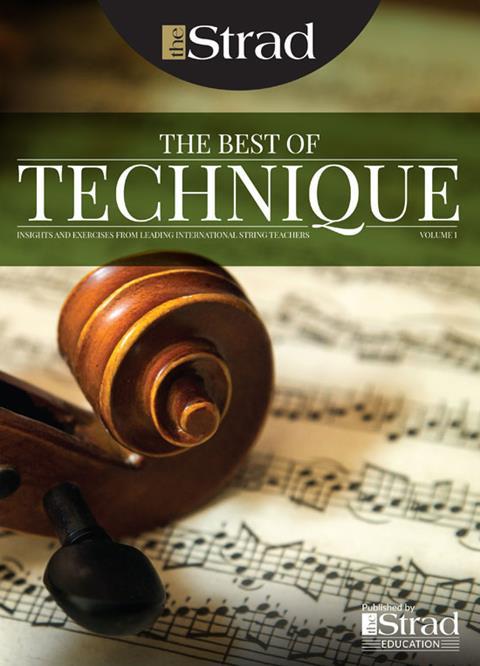
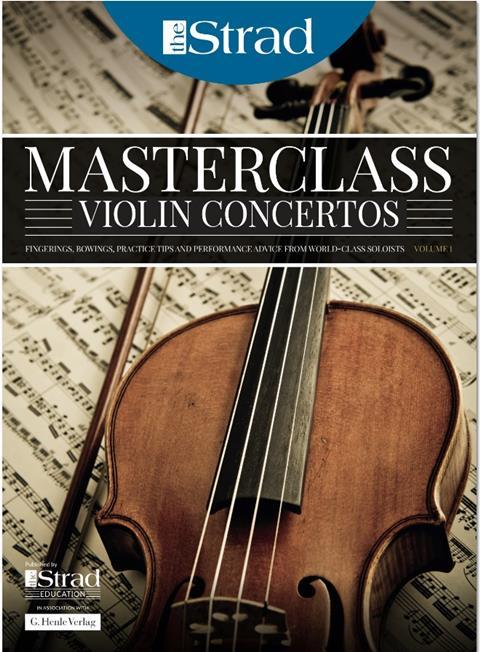
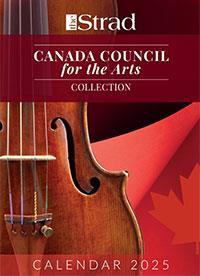
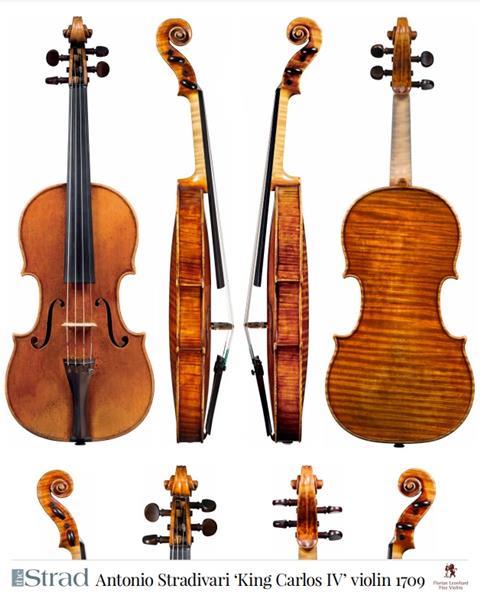
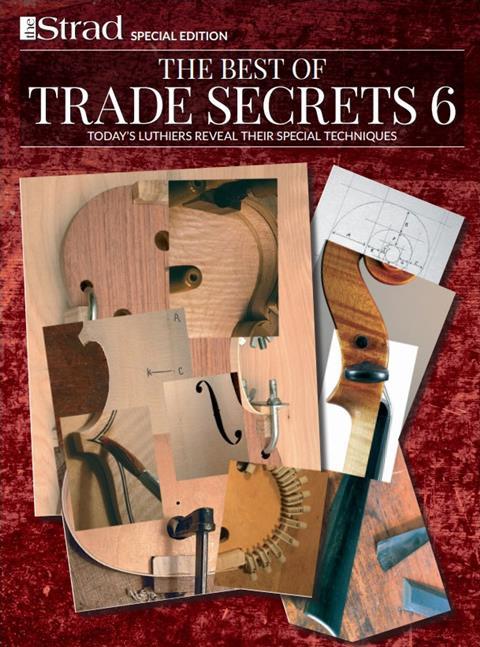
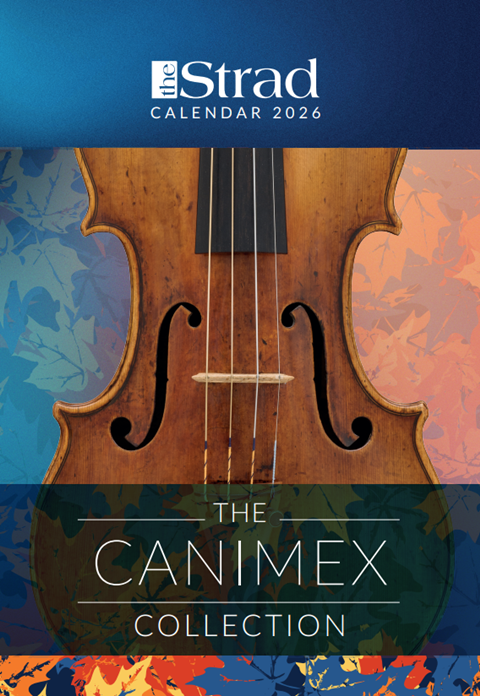
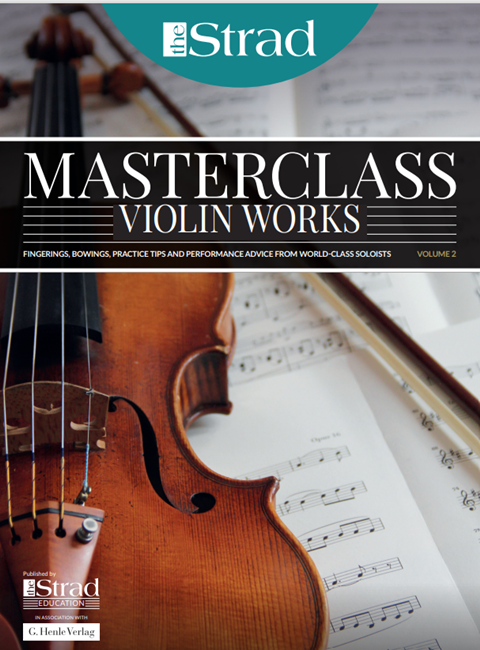
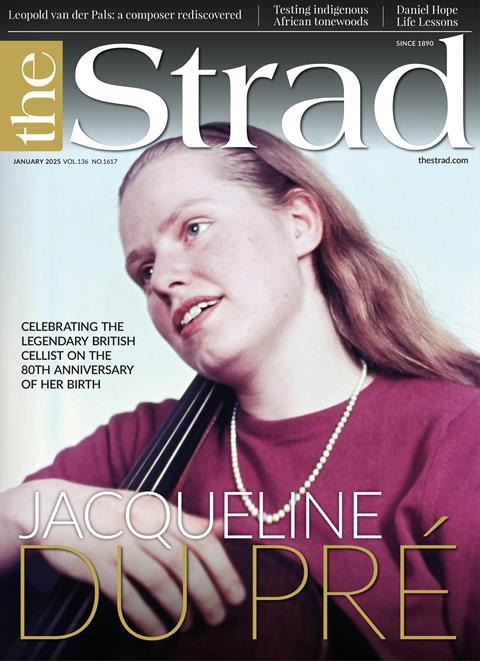
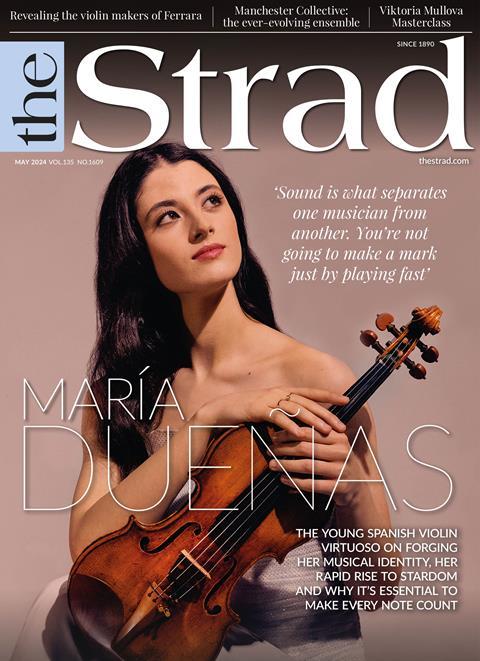
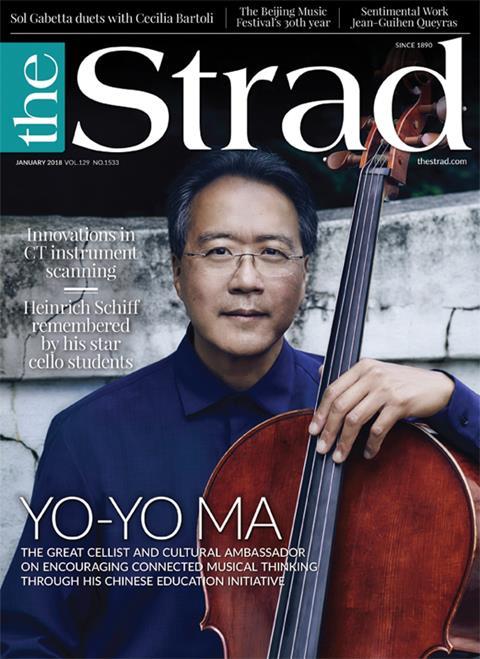












No comments yet